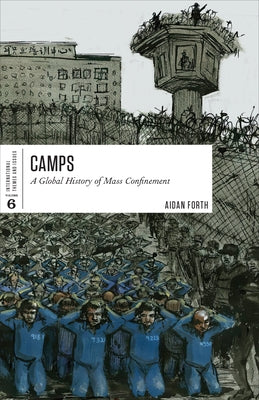Before you leave...
Take 20% off your first order
20% off
Enter the code below at checkout to get 20% off your first order
Discover summer reading lists for all ages & interests!
Find Your Next Read

The concentration of potentially "dangerous" populations - terrorists, political suspects, ethnic minorities, prisoners of war, enemy aliens - spans the modern era. The spectre of Nazi concentration camps and the Soviet Gulag obscures the lasting and widespread use of camps by other regimes. From Konzentrationslager in colonial Africa to strategic villages in Southeast Asia, from slave plantations in America to Uyghur sweatshops in Xinjiang, and from civilian internment in World War II to extraordinary rendition at Guantanamo Bay, mass detention - behind barbed wire, brick walls, or bamboo fences, or amid vast stretches of desert or ocean - is as diverse as it is ubiquitous.
Camps testify to the modern state's capacity for violence. But they also highlight alternate histories of humanitarian containment, whether for refugees, the poor, or other distressed groups. Located at the intersection between sympathy and security, such institutions highlight ongoing challenges to human rights and conflict management. Camps offers a short but compelling guide to the varied manifestations of concentration camps in the last two centuries, while tracing provocative transnational connections with related institutions like workhouses, migrant detention centres, and residential schools.
Thanks for subscribing!
This email has been registered!
Take 20% off your first order
Enter the code below at checkout to get 20% off your first order